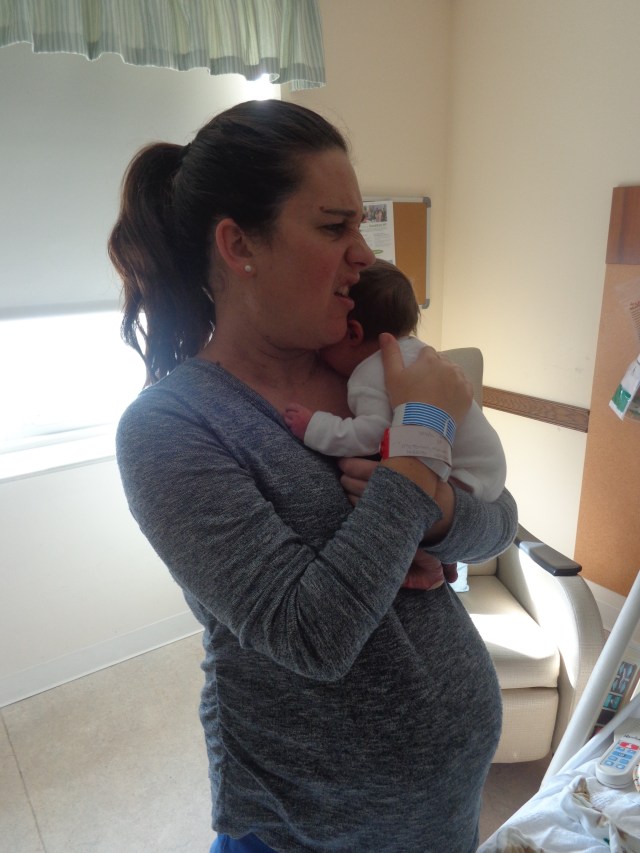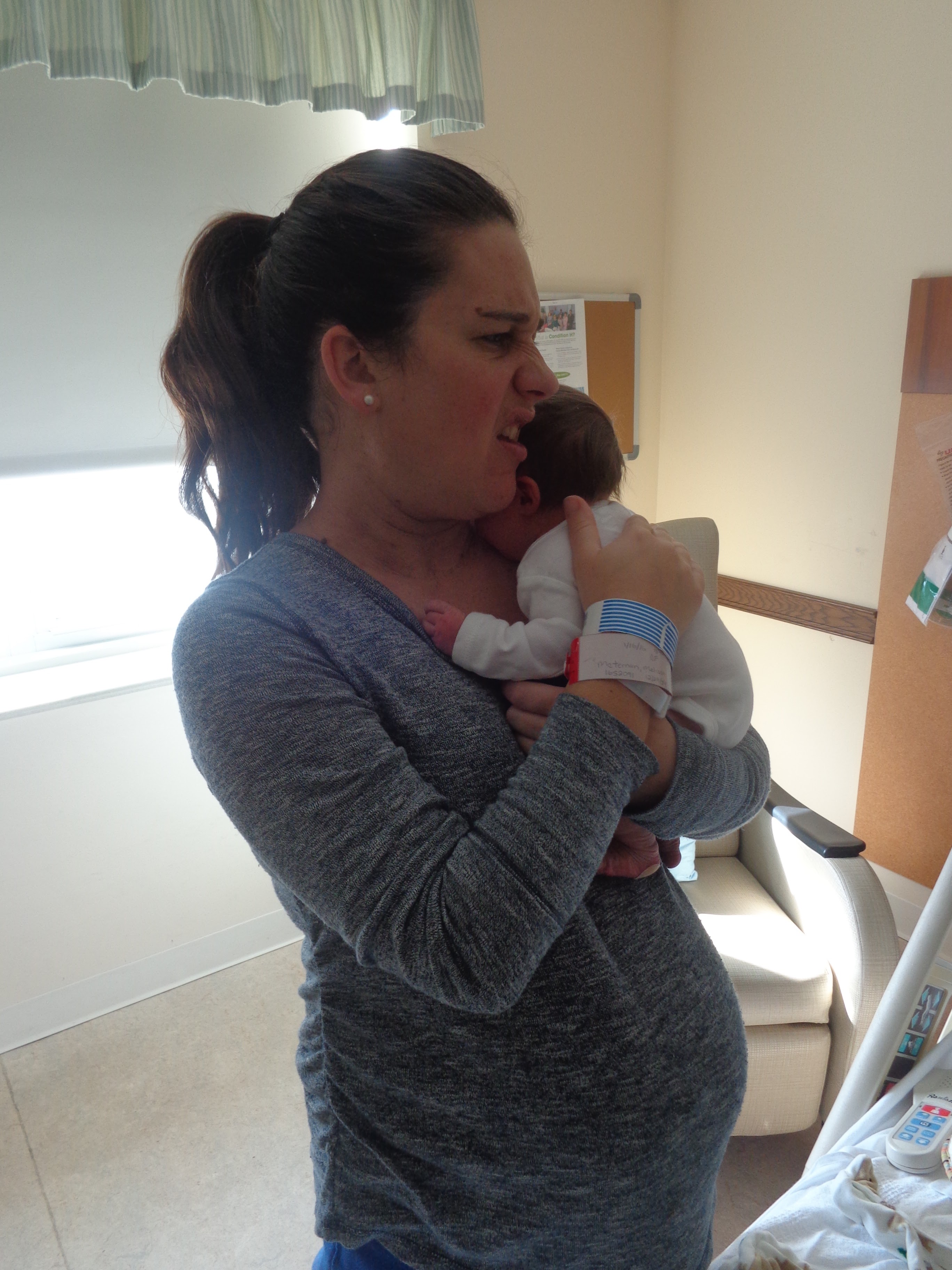Editor’s note: Any medical advice presented here is expressly the views of the writer and Red Tricycle cannot verify any claims made. Please consult with your healthcare provider about what works best for you.
There are lots of ways to predict ovulation—from temperature trackers to cervical mucus monitoring to ovulation predictor kits (OPKs) that measure luteinizing hormone. These methods are great for answering the question “If I’m trying to conceive, when should I have intercourse?” Timing intercourse correctly is critical for conceiving and these tools are very important when trying to get pregnant. The good news is, there’s a lot of information already out there on predicting ovulation!
But what about confirming ovulation? A key point of distinction of “ovulation kits” or “ovulation predictors” is that they are only predictive of ovulation. Similar to predicting the weather, we only know if the prediction is right when we see what happens. The weatherman can predict that it’s going to rain tomorrow, but until tomorrow comes, we won’t know if the prediction is correct. It’s similar in that way to ovulation prediction methods, many of which fall short of actually allowing us to see that ovulation has happened.
So how do we make this critical observation? After all, problems with ovulation are the number one cause of infertility. Making sure the body is ovulating properly and the right level of hormones are present to support conception is another critical piece of the puzzle. There are a couple of ways to confirm that ovulation has happened and, as you might suspect, they all lead back to the super hormone, progesterone.
Ovulation Confirmation Method 1: Basal Body Temperature or BBT tracking
During the first part of your cycle, your basal body temperature (BBT), or your body’s lowest resting temperature, usually ranges between 97.0 and 97.7 °F. Before your ovary releases an egg, your BBT will dip a little. The day after ovulation, your BBT will generally increase at least 0.2 °F over the previous 6 days’ temperatures, and then stay high for a few days or more. The second half of the cycle, the luteal phase, typically sees temperatures in the range of 97.7 and 98.3 °F. Note that these numbers are just examples and every woman’s body is different.
This spike in temperature is driven by the underlying rise in progesterone that happens after ovulation. See, the empty follicle, or corpus luteum, produces progesterone and progesterone causes the temperature spike. If no egg is released, there won’t be an empty follicle to produce progesterone. As such, a spike in temperature, caused by progesterone, indicates that ovulation has occurred.
Ovulation Confirmation Method 2: Progesterone Monitoring
As explained above, the spike in temperature that confirms ovulation using the BBT tracking method is a direct result of progesterone rising in the body after ovulation occurs. Monitoring progesterone itself is therefore another way to confirm ovulation. Without that empty follicle or corpus luteum, there won’t be a rise in progesterone. So, no rise in progesterone = no ovulation.
But do you need both methods?
The simple answer is YES—especially when it comes to trying to conceive. Based on how your temperature and hormone levels change throughout your cycle, it might seem like you only need to measure one thing. But, the most complete picture comes from using both tracking methods.
BBT tracking is most powerful when used to track the cycle over time. By confirming ovulation using temperature tracking, BBT can be used to accurately calculate the timing of the next fertile window.
While basal body temperature tracking can be used to measure the slight increase in body temperature caused when progesterone rises and can, therefore, be used to confirm ovulation, it falls short of telling you if you have sufficient progesterone to conceive. As mentioned before, basal body temperature typically rises 0.5 to 1-degree Fahrenheit after ovulation from the presence of progesterone. But the temperature spike does not correlate with the amount of progesterone present. So, getting a spike of 0.5-degrees does not necessarily mean you have low progesterone and getting a spike of 1-degree also does not mean you are good to go.
To determine if you have enough progesterone to confirm sufficient ovulation, meaning you are not only ovulating, but also have enough progesterone to support implantation and early pregnancy, you need to test base progesterone levels.
To truly maximize your chances of getting pregnant during the fertile window, you should not only know IF you’ve ovulated but also know if your progesterone levels are where they need to be.
















